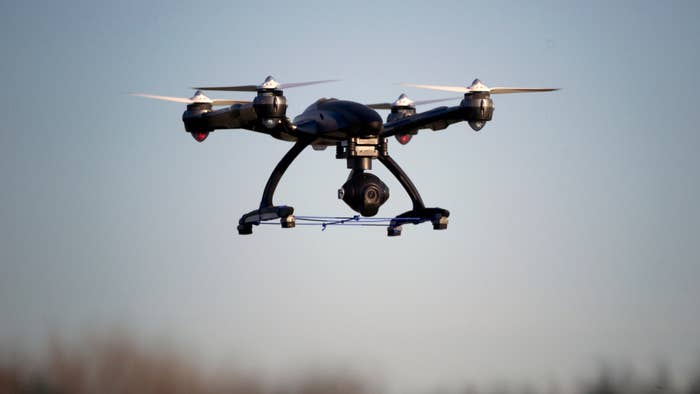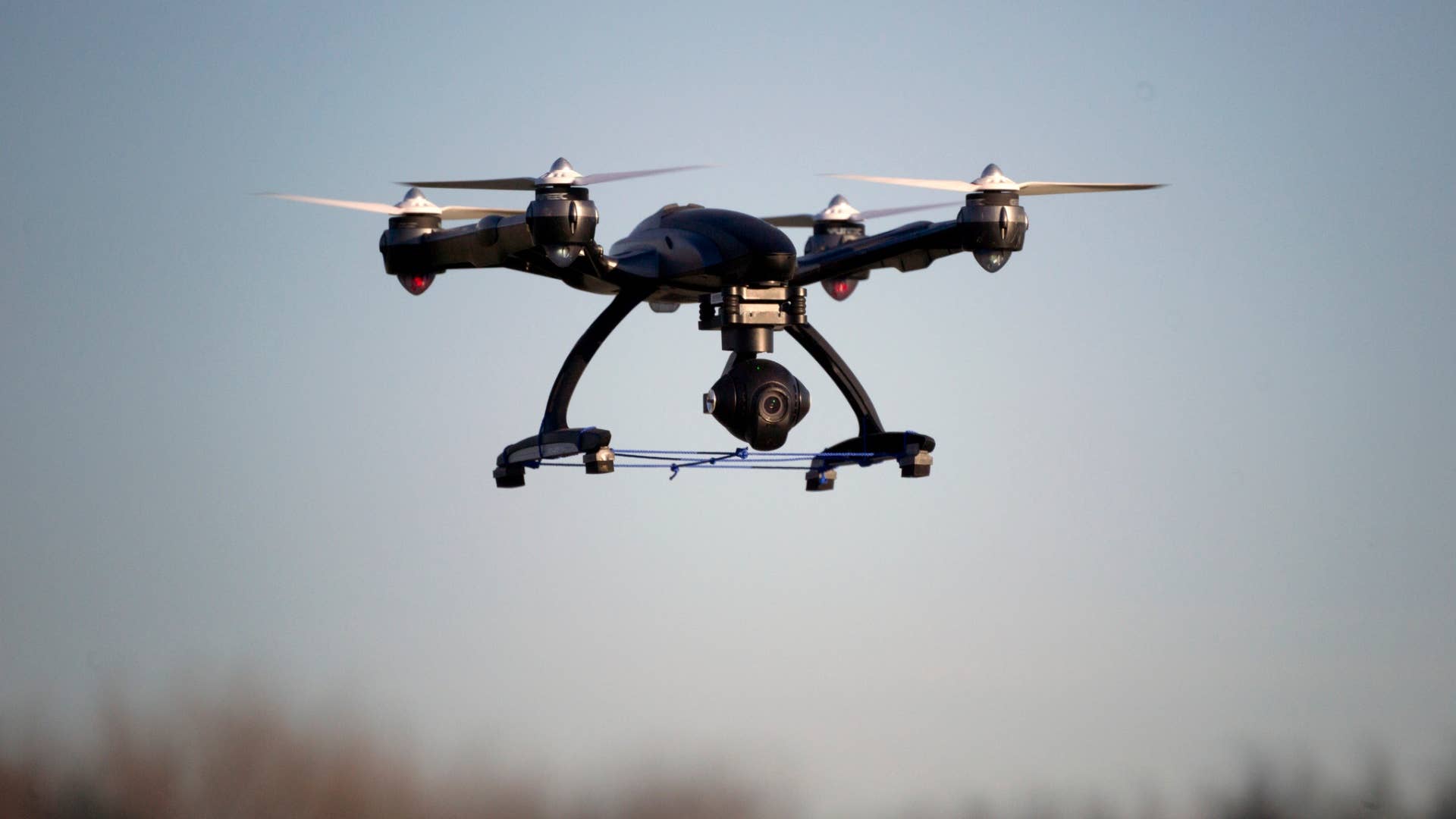
New drone rules have been announced by the Federal Aviation Administration (FAA) that will effectively pave the way for potential widespread use of the crafts for package deliveries.
The new rules, detailed here by the FAA on Monday, will require remote identification of small drones while also allowing operators to fly them "over people and at night under certain conditions." The implementation of remote identification, considered by the FAA to be "a major step" toward fully integrating drones into the country's airspace traffic, marks an attempt at curbing the risks associated with the expansion of personal drone use.
In a statement, FAA administrator Steve Dickson explained how these new rules will benefit the future of home delivery services.
"The new rules make way for the further integration of drones into our airspace by addressing safety and security concerns," Dickson said Monday. "They get us closer to the day when we will more routinely see drone operations such as the delivery of packages."
The new rules, which also include the requirement of anti-collision lights for evening use, will go into effect 60 days following their publication in the federal register in January 2021. At that point, drone makers will have an 18-month period to start manufacturing crafts equipped with remote identification capabilities.
Back in August, Amazon announced it had secured an FAA certification that would allow the company to start testing customer deliveries via drone.
"We will continue to develop and refine our technology to fully integrate delivery drones into the airspace, and work closely with the FAA and other regulators around the world to realize our vision of 30 minute delivery," David Carbon, VP of Prime Air, told CNBC at the time.

